No products in the cart.
NEWS
Expert Guide to Growing Thriving Broccoli
Broccoli is a beloved member of the brassica family, prized for its nutrient-rich heads and versatile culinary uses. Whether you’re a seasoned gardener or just starting out, successfully growing broccoli in your backyard can be incredibly rewarding. While sometimes seen as finicky, mastering a few key principles can lead to bountiful harvests. This guide, drawing on extensive agricultural knowledge and practical experience, will walk you through everything you need to know to cultivate healthy, productive broccoli plants. From selecting the best varieties for your climate to tackling common challenges like pests and environmental stress, we’ll cover the essential steps for growing this cool-season champion.
Getting Started: Site Selection and Soil Preparation
Broccoli thrives in full sun, requiring at least 6-8 hours of direct sunlight daily. Choose a location in your garden that receives ample light throughout the day.
Soil preparation is critical for broccoli, as it’s a heavy feeder. They prefer fertile, well-drained soil rich in organic matter with a slightly acidic to neutral pH (6.0-7.0). Before planting, amend the soil generously with compost or well-rotted manure. This improves soil structure, drainage, and provides essential nutrients for strong growth. A soil test can help determine if any specific amendments, like lime to raise pH or fertilizer to boost nutrient levels, are needed.
Planting Your Broccoli
You can start broccoli from seed indoors or sow seeds directly into the garden.
Starting seeds indoors 4-6 weeks before the last expected frost is a common method, especially in cooler climates, giving plants a head start. Sow seeds about 1/4 to 1/2 inch deep in seed starting mix. Keep the soil consistently moist and provide adequate light.
For direct sowing, wait until the danger of hard frost has passed and the soil temperature is at least 40°F (4°C). Sow seeds 1/2 inch deep, spacing them about 12-20 inches apart depending on the variety, in rows spaced 2-3 feet apart. Thin seedlings once they have a few true leaves, leaving the strongest plants.
Transplant seedlings outdoors after hardening them off (gradually exposing them to outdoor conditions) once they have 4-6 true leaves and the threat of hard frost is gone. Plant them at the same depth they were in their containers, spacing as for direct-sown plants.
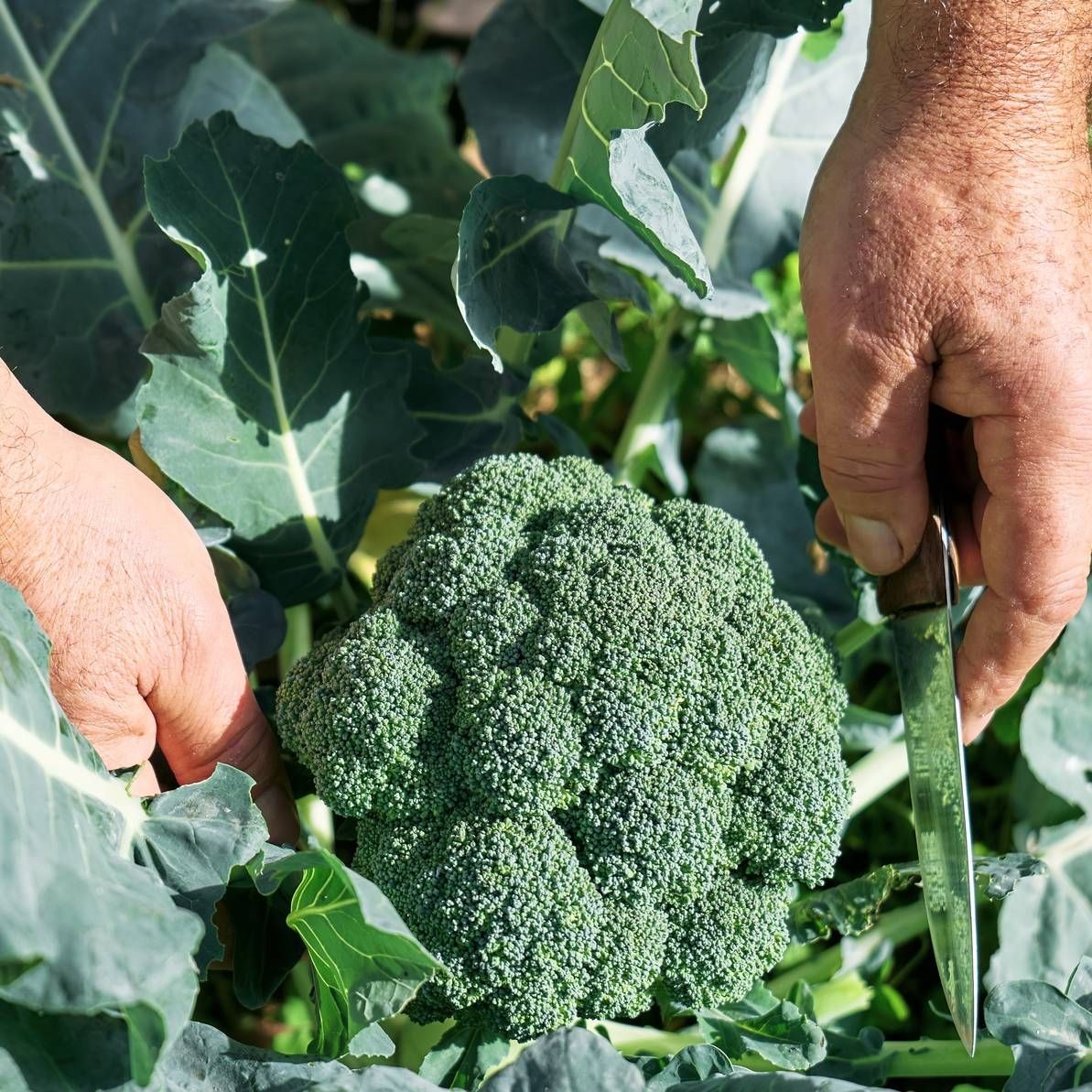 Man cuts broccoli head from plant with knife
Man cuts broccoli head from plant with knife
Essential Broccoli Care
Consistent moisture is vital for broccoli, especially as heads are forming. Water regularly, aiming for about 1-1.5 inches per week, more during hot or dry periods. Avoid overhead watering late in the day to help prevent fungal diseases.
Broccoli benefits from steady feeding. Side-dress plants with a balanced organic fertilizer or compost tea a few weeks after transplanting or thinning, and again when the main head begins to form. Healthy soil and proper feeding contribute significantly to larger, healthier heads and subsequent side shoot production.
Mulching around broccoli plants helps retain soil moisture, suppress weeds, and keep the soil temperature cooler, which is beneficial in warming weather. Organic mulches like straw, shredded leaves, or grass clippings work well.
Protecting Against Pests and Diseases
Broccoli can attract several common garden pests. Cabbage worms, cabbage loopers, and aphids are frequent visitors. Vigilance is key. Regularly inspect your plants, especially the undersides of leaves. Handpicking pests is effective for small infestations. Protective netting (row covers) can physically exclude many pests like cabbage moths, preventing them from laying eggs on your plants. Introducing beneficial insects or using organic pest control methods can also help manage populations. Ensuring good air circulation and avoiding wet foliage helps prevent fungal diseases. Proper crop rotation is also important to reduce soil-borne disease issues.
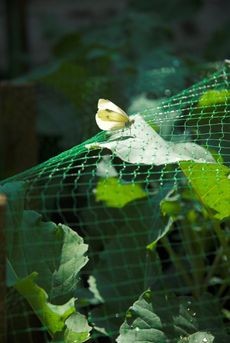 Broccoli Plant Covered By Green Saftey Net Keeping Butterfly Away
Broccoli Plant Covered By Green Saftey Net Keeping Butterfly Away
Choosing the Right Broccoli Variety
Selecting the right broccoli variety is crucial for success, especially depending on your climate and desired harvest time. Some varieties are better suited for warmer areas, exhibiting more heat tolerance and resistance to bolting (premature flowering). Examples include ‘Sun King’ and ‘Destiny Hybrid’. Others, like ‘Waltham 29’, are known for their cold tolerance, making them excellent choices for fall plantings in cooler regions. ‘Green Magic’ is adaptable to a wide temperature range. Experimenting with different types, such as ‘Belstar’ with its tight heads or heirloom varieties like ‘Romanesco Italia’ (though technically a related Brassica oleracea cultivar, often grouped with broccoli due to its use), can extend your harvest season and add variety to your kitchen. Don’t forget related crops like broccolini or rapini, which offer different growth habits and flavors.
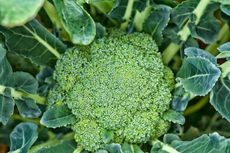 Green Magic Broccoli Plnat
Green Magic Broccoli Plnat
Growing Broccoli in Containers
Broccoli is surprisingly well-suited for container gardening, making it accessible even for those with limited space. Choose a large pot, at least 12 inches in diameter and depth, to accommodate the plant’s root system. Use a high-quality potting mix that drains well. Container-grown plants tend to dry out faster and may require more frequent watering and feeding than those in the ground. Place containers in a sunny location and follow the general care guidelines.
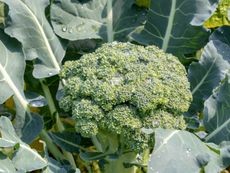 Container Growing Broccoli: Tips On Growing Broccoli In Pots
Container Growing Broccoli: Tips On Growing Broccoli In Pots
Harvesting Your Broccoli
Knowing when and how to harvest is key to maximizing your yield. Harvest the main head when it is firm, compact, and the florets are tight, before the flower buds begin to swell or show yellow petals. Cut the main head with a sharp knife, leaving about 4-6 inches of stem. Don’t pull the plant up! Many varieties will then produce smaller side shoots from the leaf axils. These side shoots are just as delicious as the main head and can provide a continuous harvest for several weeks. Check plants every few days, as heads can develop quickly, especially in favorable conditions.
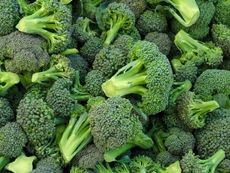 Harvested And Cut Green Broccoli
Harvested And Cut Green Broccoli
Storing and Using Your Harvest
Freshly harvested broccoli is best used right away, but it can be stored in the refrigerator in a loose plastic bag or container for several days. For longer storage, broccoli can be blanched and frozen. Don’t discard the leaves – broccoli leaves are edible and nutritious, similar to kale or collard greens, and can be used in salads, soups, or sautéed.
Troubleshooting issues like “buttoning” (forming small, poorly formed heads prematurely) is often due to stress from inconsistent temperatures, lack of nutrients, or planting too early in cold soil. Bolting is typically triggered by heat or long days; selecting heat-tolerant varieties and planting at the right time for your climate are the best preventative measures.
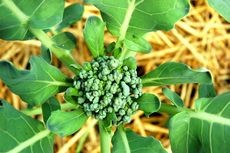 Small Formed Heads Of Broccoli
Small Formed Heads Of Broccoli
Conclusion
Growing broccoli successfully is a gratifying experience that rewards you with nutritious, fresh vegetables straight from your garden. By understanding its needs for sun, fertile soil, consistent moisture, and protection from pests, you can overcome common hurdles and enjoy a productive harvest. Choosing the right varieties and paying attention to planting times for your specific climate will further enhance your success. Embracing these practices will not only improve your broccoli yield but also deepen your connection to the food you eat. Explore the potential of your garden and discover how effective techniques and quality gardening inputs, like those offered by Biogarden.asia, can make your broccoli-growing journey even more fruitful.



